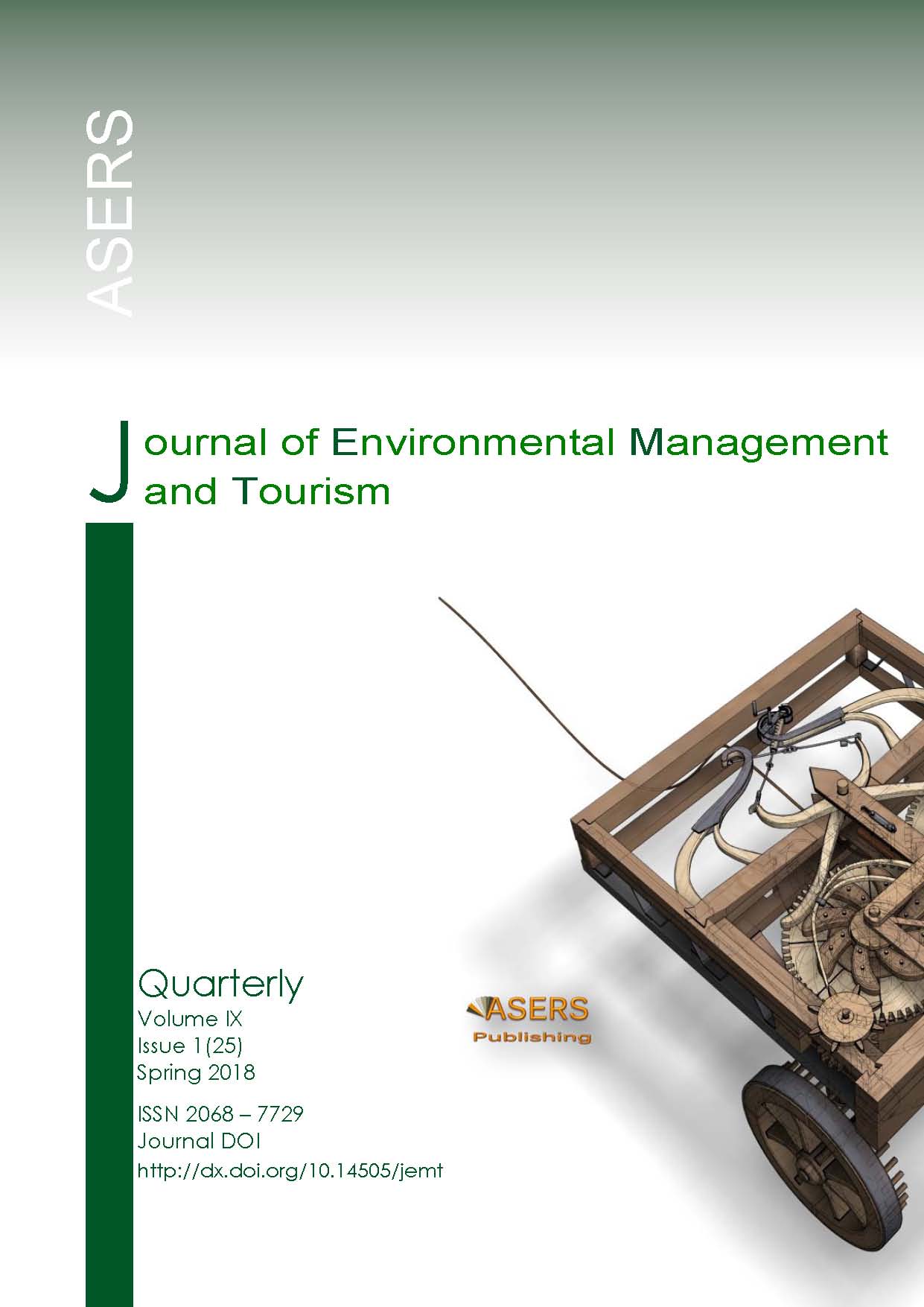The Use of a Risk-Based Approach in Safety Issues of Coal Mines
Abstract
The paper contains the analysis of the data on major industrial accidents and occupational injuries at the coal mine industry enterprises of Russia in order to reveal statistically significant correlations between the indicators impacting the accident rate and the employees’ death risk level. As the risk criteria, the values of the methane-air resultant mixtures (MARM) explosions frequency and the frequency of the staff exposure at MARM explosions in the mines (observed levels of personal risks) are taken. The Kolmogorov–Smirnov test and Kruskal–Wallis test are used to analyze the categorized data samplings over the period from 2005 to 2016. The authors have defined the influence of relative gas content and hazard of layers regarding spontaneous combustion on the MARM explosions frequency. The regression models that take into consideration the impact of hazardous factors on the risk indicators have been received. The results of the performed coal mines ranging in Russia have been presented according to the level of individual risk, caused by MARM explosions; the received results have been compared with the acceptable tolerable risk level. The relevance of applying the research findings has been shown at the implementation of the dynamic model of the risk-based approach for ensuring coal mines safe exploitation.
References
[2] Aven, T., Baraldi, P., Flage, R., and Zio, E. 2014. Uncertainty in Risk Assessment: The Representation and Treatment of Uncertainties by Probability and Non-Probability Methods. Indianapolis: Wiley. ISBN: 978-1-118-48958-1, 200 pp.
[3] Canbulat, I., Hoelle, J., and Emery, J. 2013. Risk management in open cut coal mines. International Journal of Mining Science and Technology, 23: 369-374.
[4] Goncharov, E.V., and Tsyrel, S.V. 2016. Geodynamic methods for assessing methane distribution in bitum inous coal deposits and measures to intensify methane fluxes during mine gas drainage. Zapiski Gornogo Instituta, 222: 803-808. DOI 10.18454/PMI.2016.6.803
[5] Kirillov, N.P. 2016. Life safety as a mechanism for implementing the strategy of national security of the Russian Federation. Materials of the Afanasiev Readings, 4(17): 14-27.
[6] Korshunov, G.I., Kazanin, O.I., Rudakov, M.L., Nedosekin, A.O., and Kabanov, E.I. 2017. Development of the accident risk assessment methods in coal mines considering particular mining and geological conditions. Mining Research and Information Bulletin, 4(5-1): 375-382.
[7] MacFarland, T.W., and Yates, J.M. 2016. Kruskal–Wallis H-test for one way analysis of variance (ANOVA) by ranks. In T.W. MacFarland and J.M. Yates (Eds.), Introduction to Nonparametric Statistics, Berlin: Springer International Publishing, 177-211 pp.
[8] Rykov, A.M., Li Hi Un, and Filatov, Yu.M. 2016. Risk-directed approach in coal mines safety provision. Bulletin of the Scientific Center for the Safety of Work in the Coal Industry, 1: 73-76.
[9] Vinichenko, M.V., Kirillov, A.V., Frolova, E.V., Kaurova, O.V., Makushkin, S.A. 2016. Monitoring of Working Conditions and the Nature of their Influence on Health of Students and Academic Staff. International Journal of Environmental and Science Education, 11(11): 4564-4577.
[10] Vishnyakov, Ya.D., and Radischev, N.N. 2008. General Theory of Risks. Moscow: Publishing Center “Academia” (in Russian) available at http://ural-education.ru/wp-content/uploads/2017/11 Общая-теория-рисков-Вишняков-Радаев.pdf
[11] Yevdokimov, V.I. 2015. Analysis of Risks in Major Industrial Accident Situations in Russia in 2004–2013. Saint Petersburg: Politekhnika Service (in Russian). Available at https://nrcerm.ru/files/book/evdok_analiz_riski.pdf
***Decree of the Government of the Russian Federation as of 21.06.2014 No 1099-р. "Long-Term Development Program of Coal Industry of Russia up to 2030".
***EMERCOM of Russia. Concept of Acceptable Risk. Available at: http://www.mchs.gov.ru/dop/terms/item/87812/ (accessed November 16, 2017).
***Federal Environmental, Industrial and Nuclear Supervision Service of Russia. Available at: http://www.gosnadzor.ru/ (accessed January 20, 2018).
***ISO/IEC 31010:2009. Risk Management Risk Assessment Techniques. Available at: https://ivan-shamaev.ru/wp-content/uploads/2013/05/31010-2011_Russia.pdf (accessed January 14, 2018).
***Statistical Office of the European Union. Available at: http://ec.europa.eu/eurostat (accessed January 16, 2018).
Copyright© 2025 The Author(s). Published by ASERS Publishing 2025. This is an open access article distributed under the terms of CC-BY 4.0 license.
